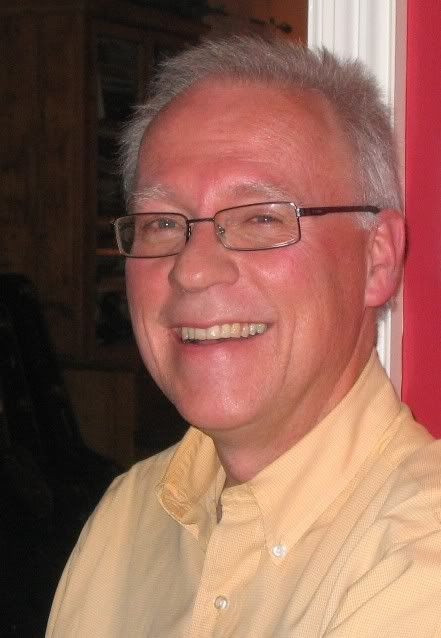Dietrich Bonhoeffer (1906-45)
Biographical Sketch
The Gestapo killed Dietrich Bonhoeffer by hanging 9 April 1945 at Flossenburg concentration camp. The Gestapo had arrested Dietrich and several other high-ranking political and military officials 5 April 1943 on charges of treasonous conspiracy to destroy the Nazi’s Third Reich from within. They responded to interrogation in a way that protected the secrecy of the remaining members of the conspiracy circle who made their attempt 20 July 1944 to assassinate Hitler and end the war. When that attempt failed, the Gestapo tracked down the rest of the conspirators and systematically publicized their trials and subsequent executions.
The Bonhoeffer family was a highly respected family in Germany’s history and culture. The Bonhoeffer family members were among the remnant in the German population who saw as early as Hitler’s rise to political control in January 1933 the tragedies to which he would lead Germany. Several Bonhoeffer family members became participants in efforts to resist Hitler from inside the various social institutions. Dietrich first worked overtly to resist the Nazis through the Protestant churches that chose to resist Nazi takeover of the leadership of the Protestant churches. When Hitler effectively silenced their resistance by 1938, Dietrich first responded by using a travel permit in early 1939 to leave Germany for the United States where he could have remained during the pending war. However, he soon decided he had made a mistake and returned to Germany July 1939, knowing war would soon break out and knowing his efforts to resist Hitler and the Nazis would have to be covert. He agreed to be assigned to the military’s counterintelligence – the Abwehr – in order to join the conspirators (led by has brother-in-law Hans von Donanyi among others) hidden in the Abwehr.
Dietrich continued the family tradition of leadership. His father made his mark in psychiatry; his older brothers, in physics, law, and industry. Such notables as Max Weber, Ernst Troeltsch, and Adolph Harnack were regular guests in the Bonhoeffer home.
To the surprise but not opposition of his respectfully agnostic or non-institutionally religious family members, Dietrich decided as a teenager to be a theologian/pastor. By 1927 he had earned research and teaching doctorates in theology from the University of Berlin. With dissertations focused on the meaning of being ‘church’, he left clear evidence of his shift from Adolph Harnack’s cultural optimism to Karl Barth’s more recently published cultural pessimism as the key to the human situation against which theology should be worked out. He gained experience pertinent to both career options available to him -- pastoral and academic.
By 1930 the National Socialist Party had rather suddenly emerged as an influential minority party in German politics. When a coalition made Hitler chancellor in January 1933, Dietrich had already aligned himself with the Lutheran/Reformed church leaders who quickly formed the Pastors Emergency League. Most who took this courageous step hoped to stem Hitler’s efforts to gain control of the leadership of the Christian community in Germany. Dietrich -- moved more by ‘the Jewish question’ -- hoped the ‘confessing churches’ would reproduce the effect non-violent resistance was having in India under Gandhi’s leadership.
The ‘confessing churches’ needed leaders trained for spiritual and ethical resiliency as well as theological acumen if the non-violent strategy of resistance was to be effective. The Pastors Emergency League created several training centers, including Finkenwalde Seminary in 1934. Dietrich was asked to lead the Finkenwalde Seminary. Among his efforts to prepare those young men for potentially life-threatening ministries, he confronted them with the Sermon on the Mount. He admonished the students to commit themselves to a radically non-violent confrontation with the concrete evil that had gripped Germany. The now widely read/known Cost of Discipleship is a transcription of notes from these lectures.
Thorough attention to the historical context of this classic in spirituality literature must follow the story of Dietrich and the ‘confessing churches’ into the war years. By 1937 the protesting churches had been outlawed. By 1939 they had been contained, left to turn inward with an agenda reduced to survival. Facing either flight or conscription, Dietrich instead joined a covert effort in a branch of the military’s secret services that was determined to bring Hitler down by coup or assassination. In reflections written before (Ethics) and after his 5 April 1943 arrest (Letters and Papers from Prison), Dietrich felt compelled to account for his participation in the violent plot and in duplicity. His December 1942 essay – Ten Years Later – provides penetrating insight into his self-examination and his interpretation of the shared experience of those who sustained their posture of resistance.
